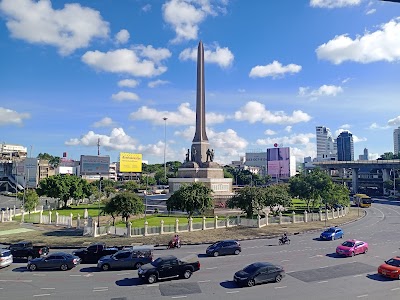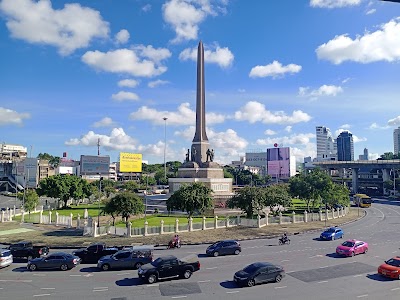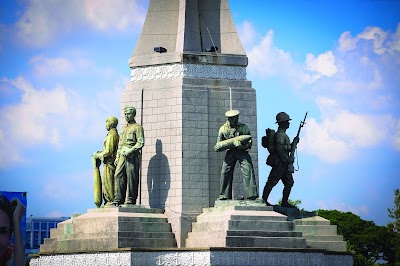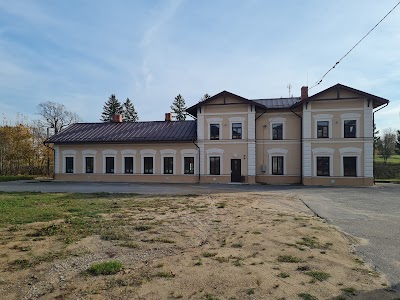Victory Monument (Uzvaras piemineklis)
Overview
Introduction to Victory Monument
Nestled in the serene landscape of Vaiņode Municipality, Latvia, the Victory Monument (Uzvaras piemineklis) is a poignant tribute to the resilience and bravery of the Latvian people during World War II. This striking monument stands as a symbol of victory and remembrance, commemorating the sacrifices made for the freedom of the nation. As you approach this iconic landmark, you’ll be embraced by a sense of history that resonates deeply with the Latvian spirit, making it a must-visit for travelers seeking to understand the country’s past.
Architectural Significance
Designed by renowned architect Andris Krišjānis, the Victory Monument was inaugurated in 1970. Its architectural style is a compelling blend of Soviet-era design and local cultural elements, showcasing the unique artistic vision of the period. The monument features a towering obelisk that rises majestically against the backdrop of lush greenery and open skies, symbolizing strength and hope. Surrounding the monument, you will find intricately carved sculptures and reliefs that depict scenes of wartime valor, serving as a profound reminder of Latvia's turbulent history.
Location and Accessibility
The Victory Monument is conveniently located in Vaiņode, a quaint town that is easily accessible from major cities like Riga and Liepaja. Whether you choose to drive or take public transportation, the journey will take you through the picturesque Latvian countryside, characterized by rolling hills and charming villages. Once you arrive, the monument is situated in a well-maintained park, offering a peaceful environment for reflection and contemplation. Visitors can stroll around the site, taking in the beauty of the surrounding nature while engaging with the monument's historical significance.
Visiting Experience
When visiting the Victory Monument, be prepared for an immersive experience that goes beyond just viewing a structure. As you walk around, you’ll encounter informative plaques that provide insights into the monument’s history and the events it commemorates. Local guides are often available to share stories and answer questions, enriching your understanding of Latvia's wartime experiences. The site is also a popular gathering place for locals, especially on significant national days, where ceremonies and commemorative events take place, allowing visitors to witness the living legacy of Latvian culture.
Conclusion
A visit to the Victory Monument in Vaiņode Municipality is not just a journey to a historical landmark; it is an opportunity to connect with the heart and soul of Latvia. As you reflect on the sacrifices made for freedom and the enduring spirit of the Latvian people, you will leave with a deeper appreciation for this beautiful nation and its rich tapestry of history. Whether you are a history enthusiast or simply a curious traveler, the Victory Monument promises a memorable experience filled with contemplation and insight into Latvia's resilient past.






